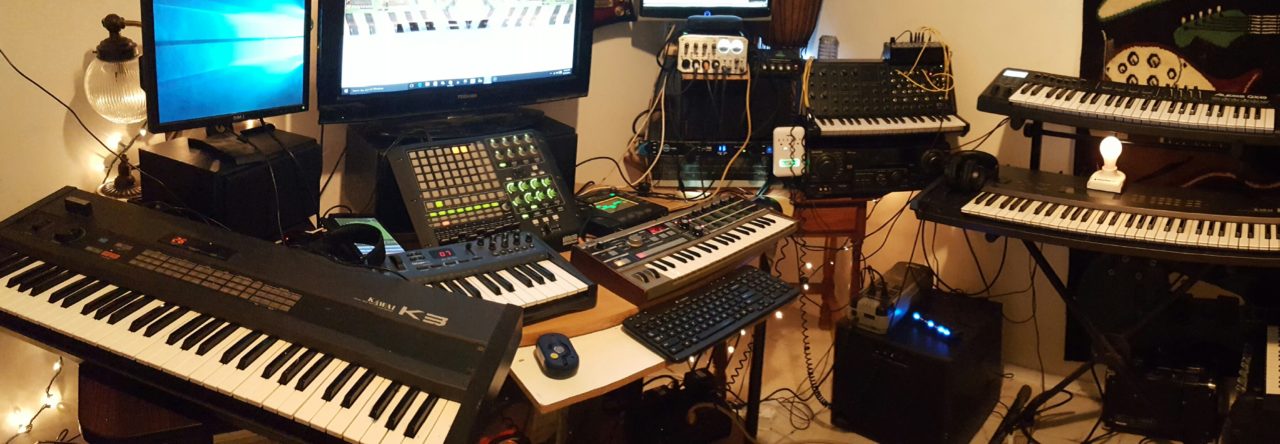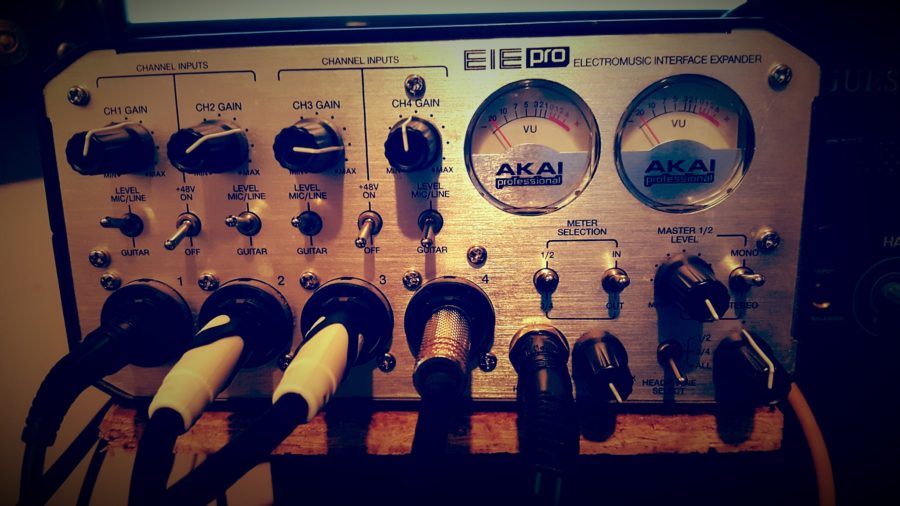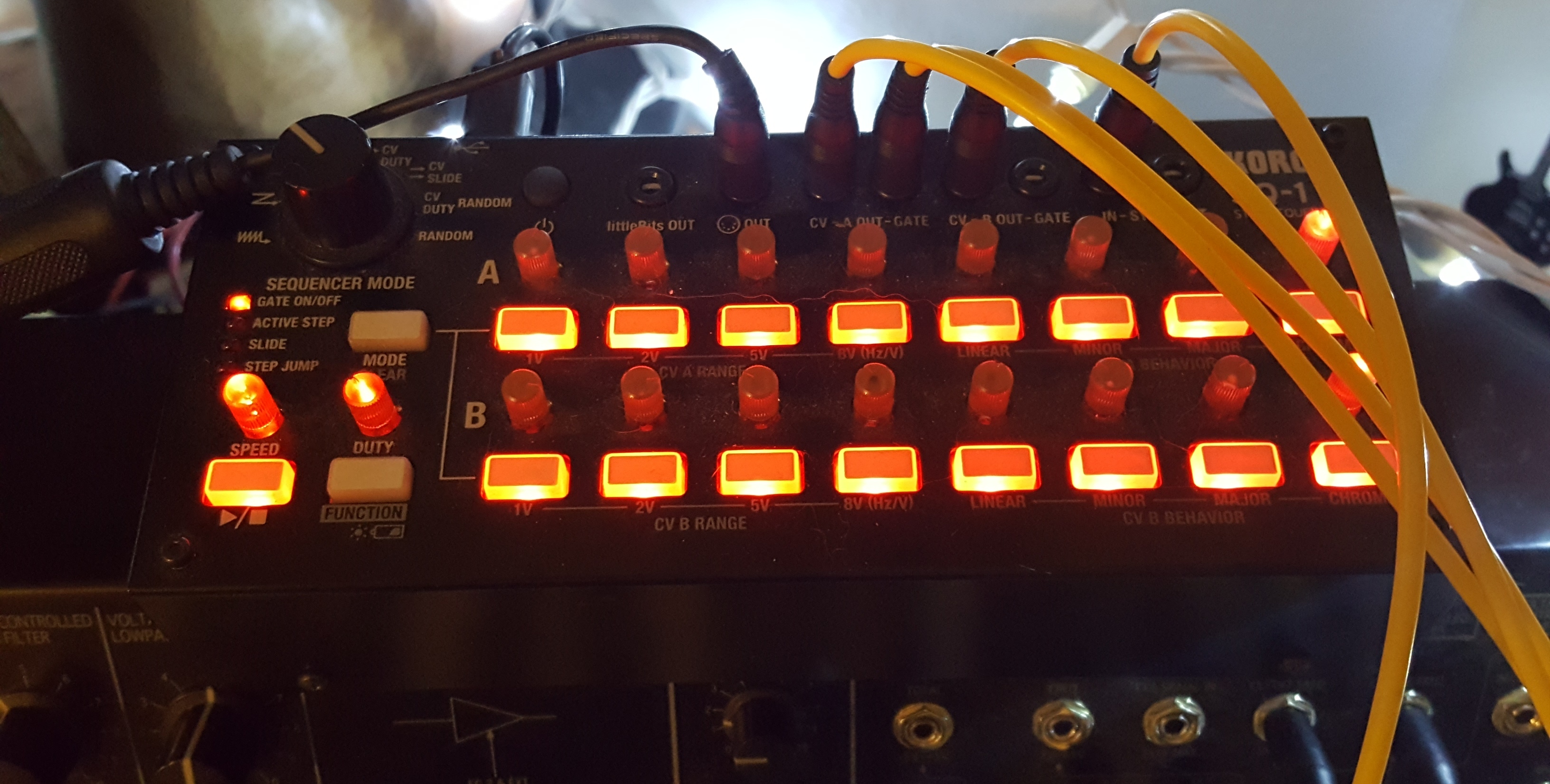We had a tragedy unfold in front of our home this afternoon. A young lady lost her life riding her bicycle into the path of a turning SUV. Fault doesn’t matter. We have video surveillance around our house, so to assist the police we reviewed our footage and found that we had captured the accident. In making copies for the police and local newsfolks (Caleb’s room was full of cops and reporters…) I had to watch the event over and over. And over. And after everyone left, I watched it again. It’s hard to put your mind around the immediacy of someone’s death, especially one so sudden and unexpected.
Music is therapy. So I went in the studio and turned everything on. I cut the beats by hand and recorded the piece in one take. I did edit it a bit. The graphics are a visualization from VLC. Here’s how I feel:
[embedyt] http://www.youtube.com/watch?v=qwBcnYjxnwE[/embedyt]


